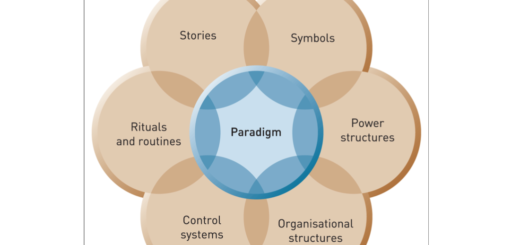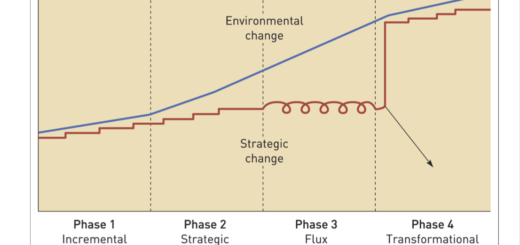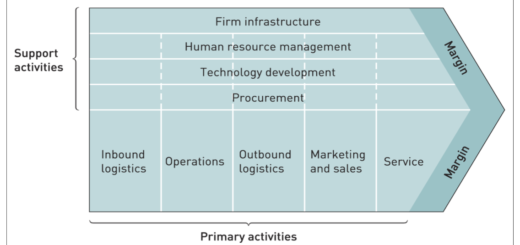Herzberg’s two-factor Theory
Herzberg’s Two-Factor Theory is a motivational theory that proposes that there are two types of factors that influence motivation: hygiene factors and motivators. Hygiene factors are essential to prevent dissatisfaction but do not necessarily lead to motivation. Motivators, on the other hand, are the key drivers of motivation. Herzberg argued that while hygiene factors are necessary for employees to be satisfied with their jobs, they do not necessarily lead to motivation or engagement. Instead, motivators are what inspire individuals to perform at their best and achieve personal and professional growth.
Here are the components of Herzberg’s Two-Factor Theory:
| Hygiene Factors | Motivators |
|---|---|
| Salary | Achievement |
| Working conditions | Recognition |
| Job security | Responsibility |
| Supervision | Advancement |
| Company policies | Work itself |
| Interpersonal relations | Personal growth |
The hygiene factors in Herzberg’s Two-Factor Theory refer to the basic aspects of the job that are necessary to prevent dissatisfaction. These factors are essential for employees to feel comfortable and secure in their jobs, but they do not necessarily lead to motivation or engagement. Examples of hygiene factors include salary, working conditions, job security, supervision, company policies, and interpersonal relations.
Motivators, on the other hand, refer to the factors that inspire individuals to perform at their best and achieve personal and professional growth. These factors are what drive individuals to go above and beyond their basic job requirements and pursue their passions and interests. Examples of motivators include achievement, recognition, responsibility, advancement, the work itself, and personal growth opportunities.
According to Herzberg’s theory, employers must focus on both hygiene factors and motivators to create a work environment that fosters motivation, engagement, and job satisfaction. By providing a supportive and rewarding work environment that offers opportunities for personal and professional growth, employers can inspire employees to perform at their best and achieve their full potential.






